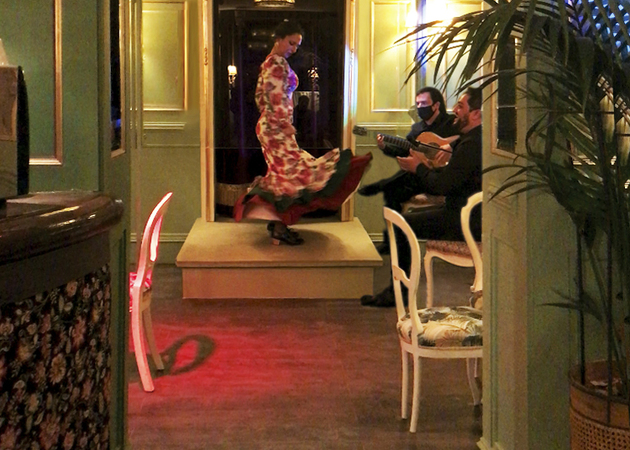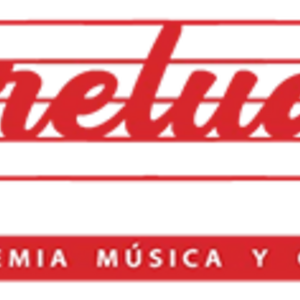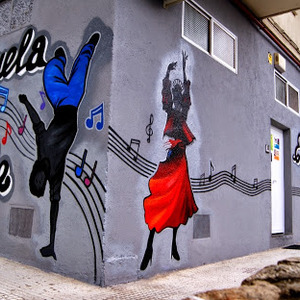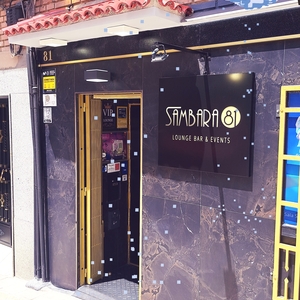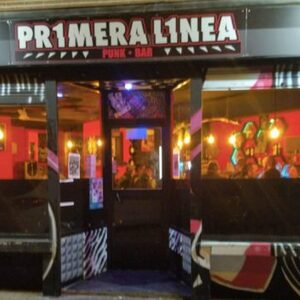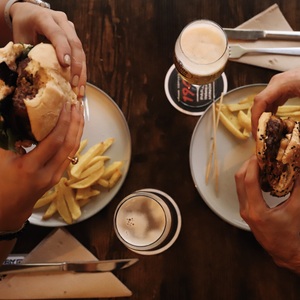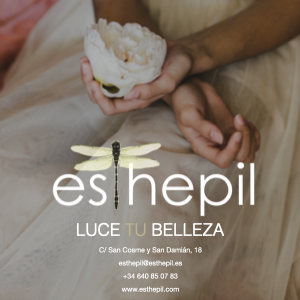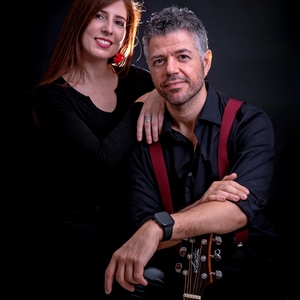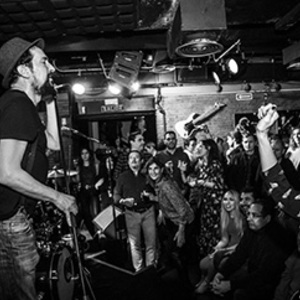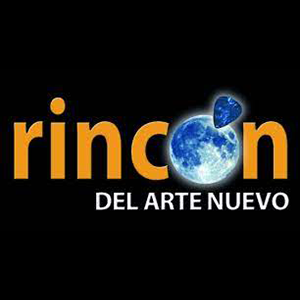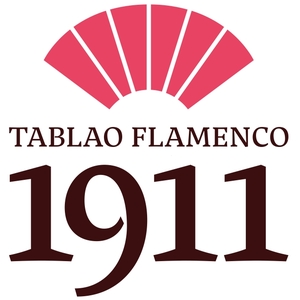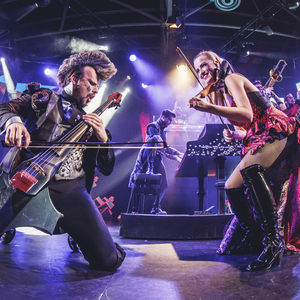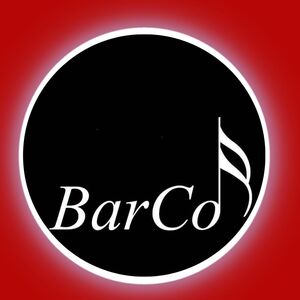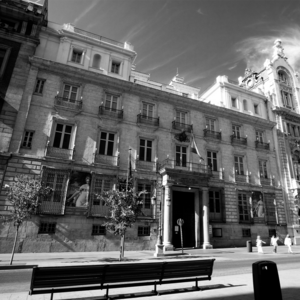BULLFIGHTER - ESSENTIAL FLAMENCO
BULLFIGHTER - ESSENTIAL FLAMENCO
Flamenco, that very Spanish art, was born in Andalusia, Murcia and Extremadura, and is the result of the fusion of five cultures: Gypsy, Arab, Andalusian, Castilian and Jewish.
...The gypsies, who arrived in Spain in the year 1400, met the Arabs, who had already been living in the south of the Spanish peninsula for 700 years. The gypsies came from India, entered Spain through the Pyrenees, went south, and settled in Andalusia. There was a local folklore there, which was mixed with gypsy music, with some Castilian and Jewish music.
A new, deep and powerful art is born: flamenco jondo, which should not be confused with Andalusian folklore (such as the sevillanas dance) although this is also popularly called flamenco. Federico García Lorca explains it best, comparing Andalusian folklore with cante jondo: “Local color, versus spiritual color, that is the profound difference”
It is believed that the term “flamenco” comes from the Andalusian expression fellah min gueir ard, which means “the song of the landless peasants”. It was the music of the dispossessed, sung deep in the coal mines in Murcia; in the forges of the blacksmiths, accompanying with singing, the pounding of the hammer on the anvil, in Extremadura.
It was sung in caves and in vaulted brick cellars in Andalusia. This art has always been developed in privacy. His playful facet was displayed at gypsy parties, at family gatherings; and for a hundred years, in the tablaos.
At first, these flamenco performances were private. Money was raised among the fans, the basement of a bar in Madrid was hired, and there "los señoritos" (sons of the Spanish nobility), bullfighters, bullfighting businessmen and famous celebrities would gather, partying until dawn.
Artists who frequented these bars were hired (such as the cantaor Antonio Chacón with his guitarist Ramón Montoya, or the famous bailaora Pastora Imperio) and a table was placed on the floor - -hence the later name "Tablao"- so that the stomping will rumble louder.
This was the show (1920) in the basement of the hundred-year-old bar “Los Gabrieles”, a place we ran for twenty years, until it closed. And from there arose the idea of making a flamenco tablao that would respect the essence of this art: privacy (our maximum capacity is 60 people), the perfect sound of the cave (in our vaulted brick basement amplification is not necessary; it is not there are no microphones or speakers) and respectful silence with this greater art (we do not serve meals, there is no movement of waiters, or noise of plates and cutlery).
We invite you to see an authentic, exciting show that transcends borders, because it is understood from emotion and feelings. Not in vain are we in the first place of the 160 shows listed on Tripadvisor Madrid.
From Monday to Sunday from 7:30 p.m. to 11:00 p.m.
Read less
